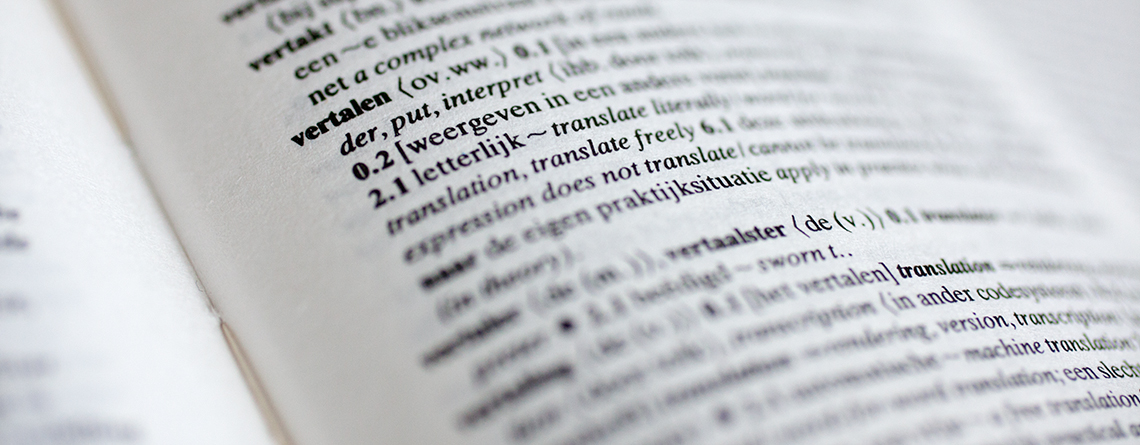Computer Aided Translation, or CAT, is a translation method according to which translators use software that assists them in the translation process, supplying tools such as source and target text analysis, management and searching of databases containing pre-translated sentences and glossaries of frequently used terminology. This allows consistent, specific terminology to be used for each client. By using Assisted Translation software, translators are therefore able to optimise productivity without, however, the software replacing the professional at any time throughout the decision-making process.
Assisted Translation is often mistakenly confused by non-experts with Machine Translation (MT) – which, however, refers to a fully automatic translation process aimed at replacing the translator (it is also tellingly referred to as Automatic Translation). One such application is Google Translate. They are two radically different concepts, although their integration is often achievable, to a degree.
The most popular Assisted Translation systems today offer professional translators a range of different tools, the main ones being: Translation Memories (TMs), alignment and concordance, and the development and storage of terminology databases.
A Translation Memory is a database in which source text and its equivalent target text in one or more languages are stored, so that, during the translation process of a new text, previously translated text segments can be retrieved and submitted to the translators to be re-used – ensuring an extremely high level of productivity and consistency.
The value of Assisted Translation software varies according to the type of text to translate: Translation Memories will yield the best results when used to translate highly specialist texts, characterised by terminology consistency (i.e. the same words consistently used with the same meaning), phraseological consistency (i.e. the same concept consistently described with the same terminology) and repetitiveness. For these reasons, legal, technical, commercial and software localisation texts are especially suitable for being translated with Assisted Translation tools.
The immediate advantage afforded by the use of CAT software, therefore, can be described as the possibility of minimising the normally required translation time, and hence, the relevant costs, especially in the event of considerable volumes to translate. For the client company, the added value lies in the possibility of creating Translation Memories and terminology databases, ensuring consistent, homogeneous company literature over time.

